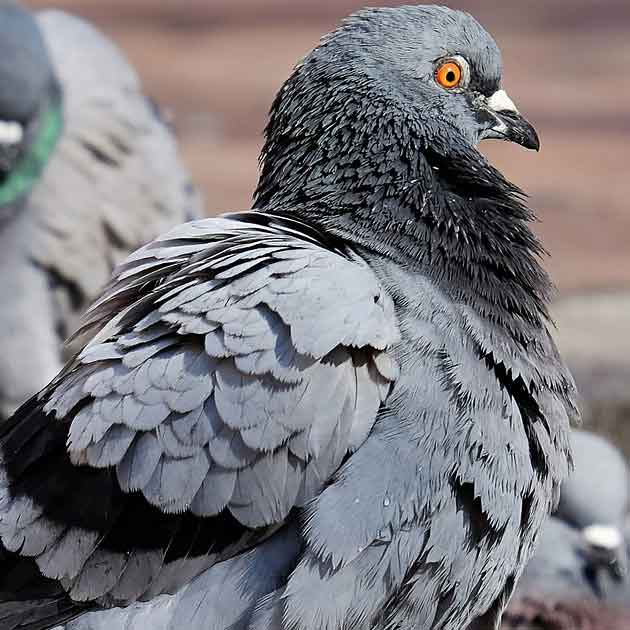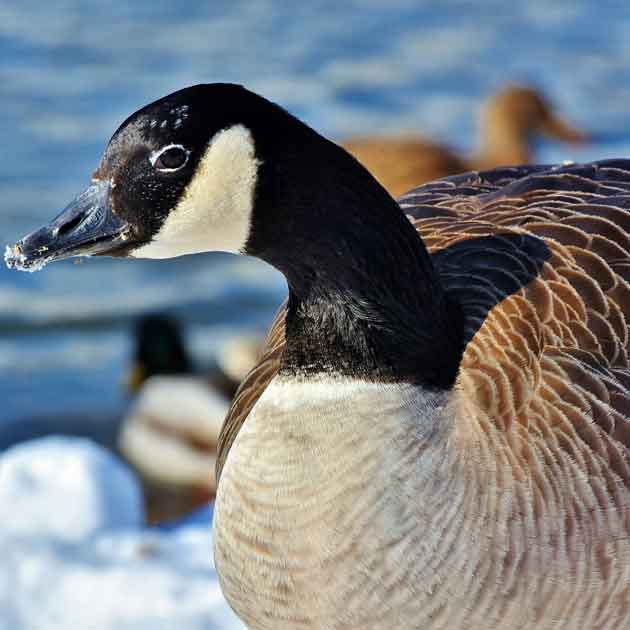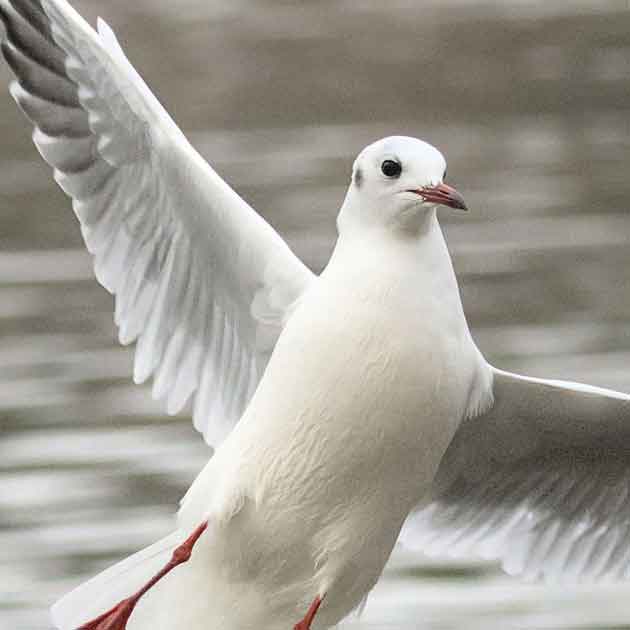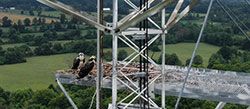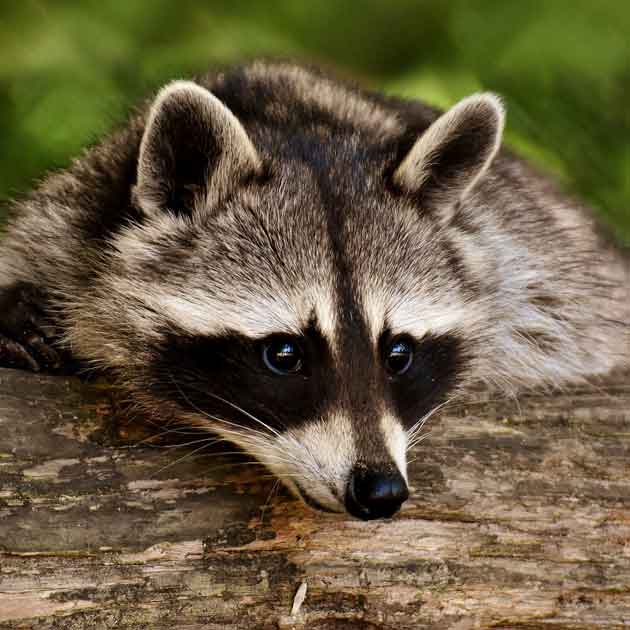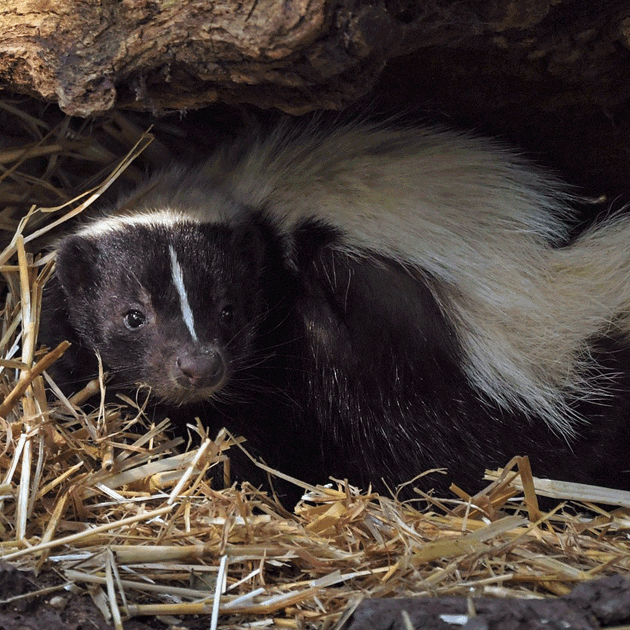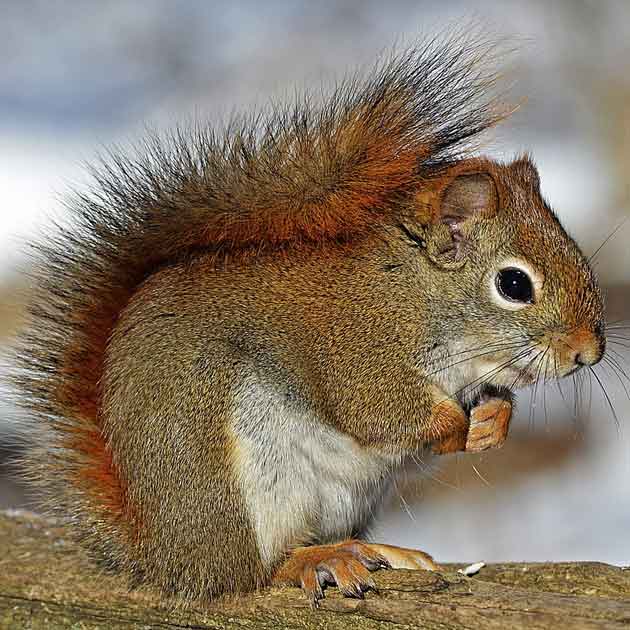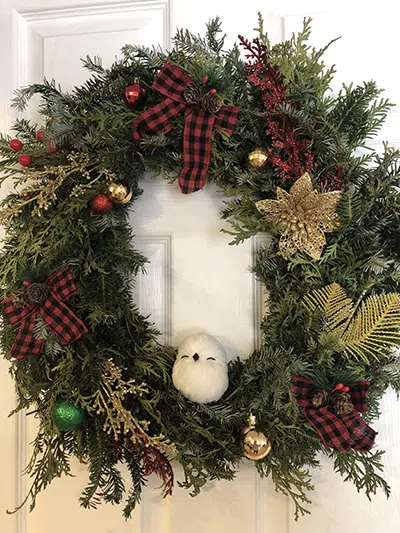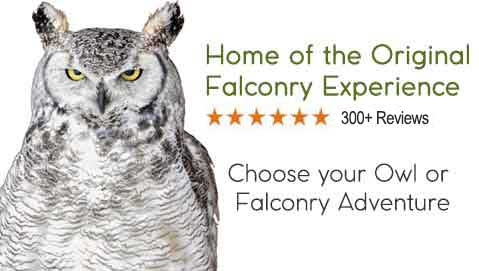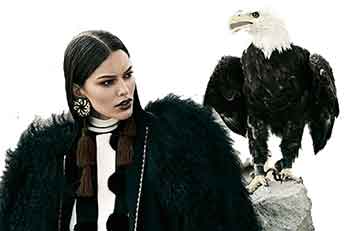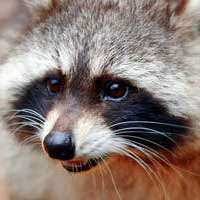Wildlife Removal generally refers to trapping an animal and releasing it within 1km of the capture site. Unfortunately, more often than not, the animal returns straight back to your home, attic, warehouse, etc.
The subject of killing an animal is delicate and controversial. We neither promote nor advise the use of euthanasia. In this article we will try and answer some questions and dispel some myths on the topic.
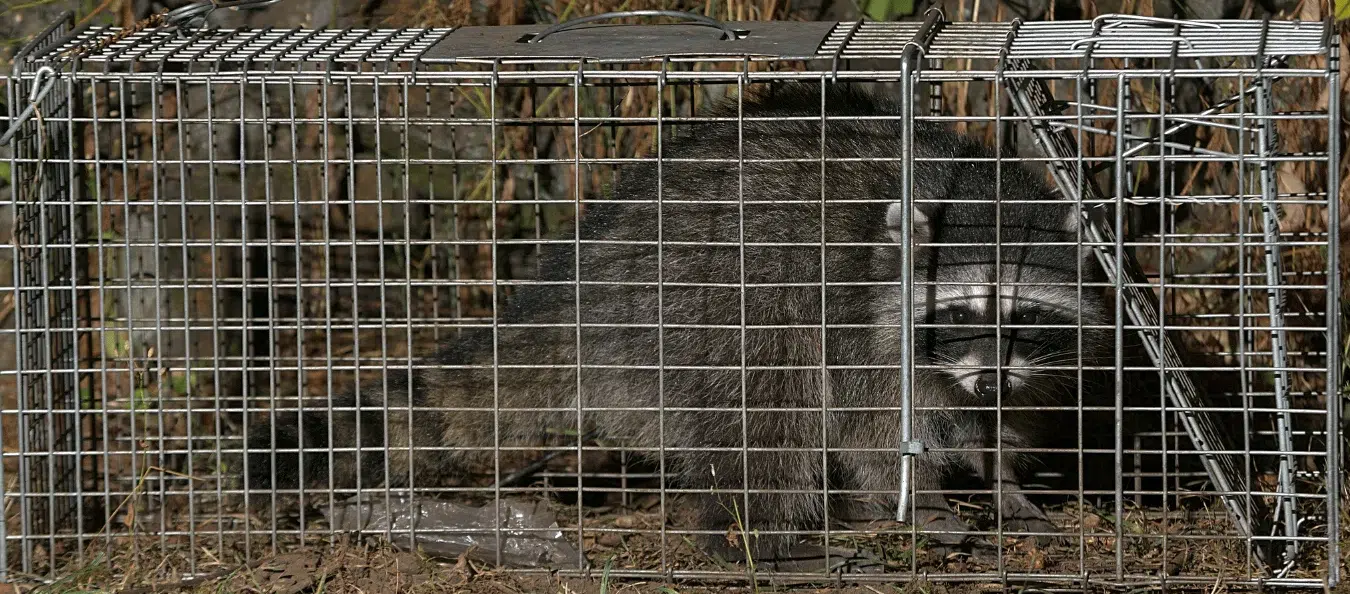
When Is Wildlife Euthanasia Necessary?
- When we are called and discover sick or injured wildlife, euthanasia is often the kindest and most humane way to respond to the animal. When there is the potential of the animal having been infected with rabies, it is the only option - by law.
- If you have removed a raccoon from your attic, the animal WILL return. And, it will tear up your roof or down whatever barriers you've erected to prevent it from getting back in. Raccoons in particular, are highly intelligent, resourceful, and skilled at gaining access to your home. Once they know how to get in, your home becomes theirs. The only way to ensure that they do not become repeat offenders, is to humanely cull them. But, that is your call - not ours.
- While homeowners can do a fair bit to 'fort-knox' their residence to prevent wildlife from entering, in many commercial settings, this simply isn't an option. For warehouses with open loading docks, or even factories on grounds spanning a kilometer or more, catch and release just isn't an option. The animal(s) will return, starting a never ending cycle of removal cost, production deficit, and compounding damage.
Is Wildlife Euthanasia Legal in Ontario?
Yes. Hawkeye technicians are trained and licensed fur bearing trappers. As such, we are able to euthanize and process the animal so that no part of it goes to waste.
How is Wildlife Euthanasia Done?
Like most animal shelters, we use a CO2 chamber. CO2 is Carbon Dioxide - a gas naturally produced by humans as well as animals exhaling and through decay of biomass. Carbon Dioxide is also necessary for plants during photosynthesis. It is colourless and odorless. The Canadian Veterinary College dictates how this must be done to prevent unnecessary suffering of the wildlife. The chamber measures 36" x 14" and the animal simply falls asleep and slips away. There is no stress, no restraints, no struggle or pain.
What Happens after the Animal Dies?
We remove and ship the pelt - most fur trade happens in the Orient. Because no chemicals or medications were introduced, the meat of the (healthy) deceased animal is fit for consumption. We portion it off and feed it to our birds of prey. Even though there was human intervention, the natural circle of life still completes. Just like in the wild, a smaller mammal feeds another animal (or bird) and honors its purpose.
Who Decides the Fate of a Captured Animal?
The client does. You do. As a home or business owner, you instruct us to either release the animal within a one kilometer radius or humanely destroy it.
Why Not just Keep Trapping and Releasing?
- The animal will return. The cost of removal will be recurring. The damage will be compounded.
- The animal will become 'trap shy'. Meaning, it will recognize a trap for what it is and give a wide berth (this is particularly true for smart and savvy raccoons).
Why Not Release the Animal Far Away?
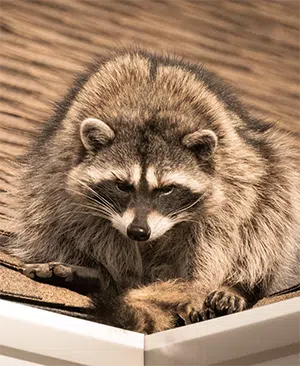 It is illegal in Canada to release more than 1 km away, mainly for 2 reasons:
It is illegal in Canada to release more than 1 km away, mainly for 2 reasons:
Preventing the Spread of Disease
This prevents the possible spread of rabies and any other infectious diseases the animal may carry.
Animal Welfare
Releasing an animal more than one kilometer away from where it was caught would be detrimental to the captured wildlife. Nearly all wildlife - in the wild or in urban environments - has a territory, an area that is familiar with boundaries and where food and shelter opportunities are known and available. Dumping an animal in completely unfamiliar territory (and presumably the territory of another single or group of animals) will lead to confusion, stress, disorientation, and possible starvation and/or violent conflict with the occupants of the new territory. Dropping a captured animal miles away from its home range is entirely unethical.
Is Euthanasia Ethical?
That is probably a very personal question. If you are an animal activist, your answer would likely be no. (although, even PETA encourages euthanasia). If you're a home owner who has spent hundreds or even thousands of dollars repairing recurring damages and trapping the same animal(s) over and over, your answer may differ. Same if you are managing a large commercial facility. Our take? All life is valuable and deserves to be treated with dignity and respect. We do that. And, if we are asked to destroy the animal, we make sure that its life was not taken in vain. Every part of it will take on a new purpose.
Permanent Raccoon Removal
If you are finding yourself struggling with keeping wildlife out of your home or business and seek a permanent solution, Hawkeye Bird & Animal Control can help. It makes sense to explore other options and work on raccoon prevention and wildlife exclusion but if after all that you need the cycle to stop - call us.
Related Articles: https://www.hawkeye.ca/blog/raccoon-related-challenges-in-bramptons-residential-areas, https://www.hawkeye.ca/blog/how-to-trap-and-get-rid-of-raccoons-in-vaughan-warehouses


